Article Summary: Iowa Landmarks
Iowa Landmarks. More Than Just Parks has 15 incredible must-see sites for you to visit.
There’s so much more to this exciting place than the Field Of Dreams. In this article, we’ll familiarize you with the incredible landmarks located in The Hawkeye State.
We’ve got incredible places, iconic memorials, fascinating museums, epic monuments and so much more.
We’re going to give you our list of the Top 15 Landmarks In Iowa.
So, What Is A Landmark?
Well, it’s a place of “a special character or special historical or aesthetic interest or value as part of the development, heritage, or cultural characteristics of a city, state, or nation.”
Why visit these places? Because landmarks connect us to the past. Through visiting these wonderful places where history occurred we find our roots. It allows us to feel like we are a part of something much bigger than ourselves.
And, speaking of history, did I mention that I taught the subject? I spent a lifetime teaching about the history behind many of these amazing sites. Then I got to see them firsthand. And now I’m sharing the fascinating stories of these places with you. It doesn’t get any better than that!
So, without further ado, let’s dive in.
Iowa Landmarks
Some Fascinating Facts About Iowa
Here’s some fascinating facts about The Corn State:
- Geographical Center: Iowa is known as the “Corn State” or the “Hawkeye State” and is located in the Midwest region of the United States. It is the only state whose east and west borders are formed entirely by rivers, with the Mississippi River to the east and the Missouri River to the west. Additionally, the town of Ames, Iowa, is the approximate geographical center of the United States.
- Fertile Farmland: Iowa has rich, fertile soil, making it one of the most productive agricultural states in the country. It is renowned for its extensive cornfields and is the largest producer of corn in the United States. Additionally, soybeans, oats, cattle, hogs, and dairy products are among Iowa’s major agricultural commodities.
- Educational Excellence: Iowa is home to some prestigious educational institutions. The state is known for its high-quality education system, and it consistently ranks among the top states in the United States for education. The University of Iowa, located in Iowa City, is renowned for its writing program, medical school, and various other disciplines.
- First Caucuses: Every four years, Iowa holds the Iowa Caucuses, which are the first major political event in the United States presidential election cycle. Being the first state to hold these caucuses, Iowa has significant influence in shaping the direction of the presidential nomination process.
- Covered Bridges: Iowa is famous for its covered bridges, which evoke a sense of nostalgia and charm. The state once had over 200 covered bridges, but now only a few remain. The Roseman Covered Bridge in Madison County is particularly iconic and has been featured in movies like “The Bridges of Madison County.”
- Birthplace of Herbert Hoover: West Branch, Iowa, is the birthplace of the 31st President of the United States, Herbert Hoover. Visitors can explore the Herbert Hoover National Historic Site, which includes his birthplace cottage, a museum, and a library dedicated to his life and accomplishments.
- Bridges of Madison County: The Bridges of Madison County, a novel by Robert James Waller, was set in Iowa. The book was a bestseller and was later adapted into a successful film starring Meryl Streep and Clint Eastwood. The covered bridges in Madison County, mentioned earlier, played a significant role in the story.
- American Gothic House: The American Gothic House, located in Eldon, Iowa, is famous for its association with Grant Wood’s iconic painting “American Gothic.” The house depicted in the painting still stands and has become a popular tourist attraction.
- State Fair: Iowa hosts one of the largest and most renowned state fairs in the United States. The Iowa State Fair takes place annually in Des Moines and offers a wide array of attractions, including livestock shows, agricultural exhibits, amusement rides, live performances, and unique food offerings.
- Historic Villages: Amana Colonies, located in eastern Iowa, is a collection of seven historic villages founded by German Pietists in the 19th century. These villages are known for their distinctive architecture, rich history, traditional crafts, and delicious cuisine.
Top 15 Iowa Landmarks
15. Fort Des Moines
Is this heaven? No, it’s Iowa, but it’s heaven too. And More Than Just Parks has 15 Heavenly Landmarks for your next visit to the Hawkeye State. We’re beginning our list of those 15 heavenly sites at #15 with Fort Des Moines.
The site where Fort Des Moines was established was originally inhabited by the Sauk and Meskwaki tribes. European settlers began to arrive in the area in the early 1800s, and Fort Des Moines played a crucial role in the westward expansion of the United States.
The first Fort Des Moines was established in 1843 as a military outpost during the Second Seminole War in Florida. It served as a supply depot and training ground for soldiers. However, due to the lack of military activity in the region, the fort was abandoned in 1846.
During the American Civil War, the Union Army recognized the strategic importance of the Des Moines area and established a new Fort Des Moines in 1861. This fort served as a training center for Union soldiers, particularly African American troops, including the famous 1st Kansas Colored Infantry Regiment. It played a significant role in training and organizing African American soldiers for the war effort.
Fort Des Moines Historic Complex, Building No. 46, Des Moines (Polk County, Iowa) | Courtesy of Wikimedia Commons
Fort Des Moines After The Civil War
After the end of the Civil War, Fort Des Moines continued to function as a training center for various military units. It also served as a base for military operations during conflicts with Native American tribes in the western part of the United States.
During World War I, the fort was reactivated and served as a training facility for soldiers before they were deployed overseas. It played a vital role in preparing troops for combat.
In 1946, Fort Des Moines became one of the first U.S. Army facilities to integrate African American and white soldiers. However, as the military’s needs changed, the fort was ultimately closed in 1949.
After its closure, the buildings and grounds of Fort Des Moines were repurposed for various civilian uses, including the establishment of the Fort Des Moines Museum and Education Center. Efforts have been made to preserve the historical significance of the site and educate visitors about its role in military history and civil rights.
14. Iowa Old Capitol Museum
Our next Iowa landmark was once the main government building for the state of Iowa, and it now stands as the most prominent landmark at the center of the University of Iowa’s campus. In fact, the building was depicted on the 1946 Iowa Centennial commemorative half dollar.
At #14 on our list of the Best Iowa Landmarks is the Iowa Old Capitol Museum.
Iowa City was chosen as the first capital of the Iowa Territory in 1839 and became the capital of the state of Iowa when it was admitted to the Union in 1846. The construction of the Old Capitol building began in 1840 and was completed in 1842. It served as the first permanent state capitol building.
The Old Capitol building was designed by John Francis Rague, an architect who drew inspiration from the neoclassical architectural style. Its design features a central dome, columns, and a grand entrance, reflecting the architectural trends of the time.
The Old Capitol building housed the Iowa territorial and state legislatures, where laws were debated and passed. It also served as the center of educational activities, housing the state’s first public university, which would later become the University of Iowa.
Historic Significance
The Old Capitol building played a significant role in the creation of the Iowa State Constitution. In 1844, the second Iowa Constitutional Convention was held within its walls, where important decisions were made regarding the formation of the state government and the rights of its citizens.
As the state capital, Iowa City experienced growth and development during its time as the seat of government. However, in 1857, a statewide referendum resulted in the relocation of the capital to Des Moines due to its more central location within the state.
The Old Capitol building witnessed important events in Iowa’s history, including the debates surrounding slavery and the Civil War. It served as a symbol of democracy, education, and governance in the young state of Iowa.
In the early 1970s, the Old Capitol building underwent a restoration project to preserve its historical significance. It was then repurposed as the Iowa Old Capitol Museum, opening its doors to the public in 1976. The museum showcases exhibits on the history of Iowa, the Old Capitol building itself, and its role in shaping the state’s development.
13. Amana Colonies
Our next Iowa landmark is a special place with village enterprises that include everything from clock making to brewing. At #13 on our list of the Best Iowa Landmarks is the Amana Colonies.
The Amana Colonies were founded by German-speaking immigrants who were members of the Community of True Inspiration, a religious movement that emerged in the early 18th century in Germany. Seeking religious freedom and the opportunity to live according to their communal beliefs, the group migrated to the United States and established the Amana Colonies in Iowa in the mid-19th century.
The Amana Colonies were initially established as a series of villages, including Amana, Middle Amana, High Amana, West Amana, South Amana, and Homestead. Each village had its own distinct character and purpose, but they functioned collectively as a self-sufficient community.
The Amana Colonies embraced a communal lifestyle, with shared property, resources, and labor. The colonies were organized around a religious-based community economy known as the “Economic Association.” Members lived and worked together for the common good, and individual ownership and wealth were discouraged.
Changes To The Amana Colonies
In 1859, the Amana Society adopted a constitution that established the principles and rules governing their communal life. The constitution emphasized equality, simplicity, and mutual support, outlining guidelines for the organization of the society and its members’ roles and responsibilities.
The Amana Colonies maintained a relatively isolated existence, focusing on their communal life and religious practices. This isolation helped preserve their unique culture, traditions, and architectural heritage. The colonies’ well-preserved historic buildings, including homes, communal kitchens, and craft workshops, attract visitors today.
In the early 20th century, societal changes and external pressures led the Amana Colonies to transition from communal living to individual ownership. This change occurred gradually from the 1930s to the 1960s. Today, the Amana Colonies still maintain a strong sense of community and their German heritage.
The Amana Colonies have become a popular tourist destination, known for their well-preserved historic architecture, traditional crafts, unique festivals, and delicious German-inspired cuisine. Visitors can explore museums, shops, and restaurants, immersing themselves in the rich cultural heritage of the colonies.
12. Roseman Covered Bridge
If you’re a film buff then you may recognize our next Iowa landmark as it played a prominent role in The Bridges of Madison County. At #12 on our list of the Roseman Covered Bridge.
The Roseman Covered Bridge was constructed in 1883 by Benton Jones, a local bridge builder. It spans across the Middle River and was initially designed to provide a crucial transportation link for residents and farmers in the area.
The bridge follows the architectural style of a “Town lattice truss” bridge. It is made of wooden lattice work, which provides strength and stability to the structure. The bridge is covered with a roof and siding to protect the wooden framework from the elements.
The Roseman Covered Bridge served as a vital transportation route, enabling people to cross the Middle River and access nearby towns and farms. It played a significant role in connecting communities and facilitating commerce and social interactions in the region.
Over time, with advancements in transportation infrastructure, the need for covered bridges diminished, and many of them fell into disrepair or were demolished. However, the Roseman Covered Bridge was recognized for its historical significance and underwent restoration efforts in the 1970s and 1990s to preserve its unique architectural and cultural heritage.
The Roseman Covered Bridge, the most famous of the Bridges of Madison County, on a perfect spring day. (Shutterstock-Joe Taylor Cinema)
The Bridges Of Madison County
The Roseman Covered Bridge gained widespread recognition through Robert James Waller’s best-selling novel, “The Bridges of Madison County,” published in 1992. The novel, later adapted into a movie, depicted the romance between two characters against the backdrop of the covered bridges in Madison County. The Roseman Covered Bridge was prominently featured in the story and subsequent film adaptation, further elevating its fame.
Today, the Roseman Covered Bridge is a cherished historic landmark and a popular tourist attraction in Madison County. It draws visitors who are captivated by its rustic charm, picturesque setting, and the cultural significance associated with the novel and film.
11. American Gothic House
Our next Iowa landmark was not featured in a film. Rather, it was featured in a painting. At #11 on our list of the Best Iowa Landmarks is the American Gothic House.
The American Gothic House gained its fame through the painting “American Gothic” created by artist Grant Wood in 1930. Inspired by the house’s distinct Gothic Revival architecture, Wood depicted a stern-looking farmer and his daughter standing in front of the house, embodying the resilience and values of rural America during the Great Depression.
The American Gothic House was built in 1881 in the Gothic Revival style, characterized by its pointed arches, steep gables, and ornate details. The house stands as an example of the architectural style popular during the late 19th century.
After the creation of the painting, the American Gothic House continued to serve as a private residence for various owners. It gained recognition and popularity as the backdrop of one of the most recognizable works of American art, leading to increased interest and visits from art enthusiasts and tourists.
The American Gothic House, also known as the Dibble House, is a house in Eldon, Iowa, designed in the Carpenter Gothic style with a distinctive upper window. It was the backdrop of the 1930 painting American Gothic by Grant Wood. (Courtesy of Wikimedia Commons)
Saving The American Gothic House
In the 1980s, the house faced the possibility of demolition due to disrepair and neglect. To preserve this cultural treasure, a group of local citizens formed the Save American Gothic House Committee. With the help of public and private donations, the committee raised funds to purchase and restore the house.
Following the restoration efforts, the American Gothic House was opened to the public in 1991 as the American Gothic House Center. The site includes a museum and visitors center dedicated to Grant Wood, his artwork, and the significance of the “American Gothic” painting. Visitors can explore exhibits, view replicas of Wood’s artwork, and learn about the cultural impact of the painting and its connection to rural American life.
In 1974, the American Gothic House was designated as a National Historic Landmark, recognizing its architectural significance and its association with Grant Wood’s iconic painting.
Top 10 Iowa Landmarks
10. Sergeant Floyd Monument & Towboat
We’re on to the Top 10 Iowa Landmarks. Our next Iowa landmark serves as both a monument and a towboat. At #10 on our list of the Sergeant Floyd Monument & Towboat.
The Sergeant Floyd Monument & Towboat is located in Sioux City, Iowa, at the confluence of the Missouri River and the Floyd River.
The monument is dedicated to Charles Floyd, a sergeant in the Lewis and Clark Expedition who died near the site in 1804, and is the only member of the expedition to have died during the journey.
The monument consists of a 100-foot (30 meter) obelisk made of Sioux quartzite, which is the tallest point in Sioux City. At the base of the obelisk is a museum that tells the story of the Lewis and Clark Expedition and the life of Charles Floyd. The museum features exhibits, artifacts, and interactive displays that bring to life the history of the area and the people who lived there.
In addition to the monument and museum, the site also includes a full-size replica of the historic towboat, the M.V. Sergeant Floyd. The towboat, which is permanently docked at the site, is a replica of the original towboat that plied the Missouri River during the mid-20th century.
Things To Do
- Visit the monument: The monument is a 100-foot obelisk that was built in 1901 in honor of Sergeant Charles Floyd, who was the only member of the Lewis and Clark Expedition to die during the journey.
- Explore the visitor center: The visitor center features exhibits about the expedition and the life of Sergeant Floyd. You can also watch a short film about the expedition.
- Tour the towboat: The towboat is a replica of the type of boat used during the 19th and early 20th centuries to transport goods up and down the Missouri River. You can tour the boat and learn about its history.
- Walk the trails: There are several trails around the monument and towboat that offer scenic views of the Missouri River and the surrounding area.
- Attend events: The monument and towboat host several events throughout the year, including living history demonstrations, lectures, and music festivals.
- Have a picnic: There are picnic areas near the monument and towboat where you can enjoy a meal with family and friends while taking in the beautiful scenery.
- Shop at the gift shop: The gift shop offers a variety of souvenirs and gifts related to the Lewis and Clark Expedition and the Sergeant Floyd Monument & Towboat.
9. Mines of Spain Recreation Area
Imagine a place that’s rich in history and natural resources, with village sites, rock shelters and trading post sites which dot the landscape. Actually, you don’t have to imagine. It’s our #9 site on our list of the Best Iowa Landmarks. Welcome to the Mines of Spain Recreation Area.
The Mines of Spain Recreation Area is located near Dubuque, Iowa and includes the Julien Dubuque’s Mines and the Hodge Park.
The area is named after Spanish explorer Julien Dubuque, who arrived in the region in the late 1700s and began mining lead in the area. Dubuque’s mining operations were the first in the region and were instrumental in the development of the lead mining industry in the area.
It’s A Park With Many Recreational Uses
The area was acquired by the State of Iowa in the early 1900s and was developed as a state park in the 1920s. The park was used for recreational purposes, including hiking, picnicking, and camping, and also served as an educational center for the study of natural history and geology.
In the 1970s, the park was expanded to include the Hodge Park, which is located on a bluff overlooking the Mississippi River and contains several historical buildings, including the home of Julien Dubuque, a restored blacksmith shop, and a visitor center.
Today, the Mines of Spain Recreation Area is a popular destination for visitors interested in history, nature and recreation. The park includes several hiking trails, picnic areas, and a campground, as well as several historical sites and educational programs.
The park also offers visitors the chance to learn about the history of the lead mining industry and its impact on the region, and to explore the natural beauty of the area.
8. Buffalo Bill Museum
Our next site is a must-see. It’s a western history museum about the museum’s namesake, as well as some of the biggest characters in the West like Annie Oakley, Sitting Bull, Pawnee Bill, and other members of the Wild West Show.
At #8 on our list of the Best Iowa Landmarks is the Buffalo Bill Museum.
William “Buffalo Bill” Cody
William “Buffalo Bill” Cody (1846-1917) was an American soldier, bison hunter, and showman who became famous for his touring Wild West shows.
As a young man, Cody worked as a buffalo hunter and supplied meat to the Kansas Pacific Railroad workers. He gained the nickname “Buffalo Bill” after winning a contest to shoot 12 bison in a single day.
During the Indian Wars, Cody served as a scout for the US Army, and later became a civilian contractor, supplying buffalo meat to reservations.
In 1883, he created “Buffalo Bill’s Wild West,” a touring show that featured reenactments of cowboy and Indian battles, sharpshooting demonstrations, and performances by Native American tribes, including Sitting Bull. The show toured for over 30 years, both in the US and Europe, and made Cody a household name.
Cody is remembered as a larger-than-life figure who embodied the mythos of the American West. While his shows were controversial and often played fast and loose with historical accuracy, they helped to cement the image of cowboys, Indians, and the Wild West in the popular imagination.
7. General Dodge House
Imagine a The fourteen-room, three-story mansion stands on a high terrace overlooking the Missouri Valley, and displays such architectural features as parquet floors, cherry, walnut and butternut woodwork, and a number of “modern” conveniences quite unusual for the period. Actually, you don’t have to imagine it because you can see it.
It’s on our list of the Best Historic Sites In Iowa at #7.
The General Dodge House is a historic house museum located in Council Bluffs, Iowa. The house was the former home of Grenville M. Dodge, a prominent Civil War general, railroad executive, and politician who played a significant role in the development of the American West.
The house was built in 1869 and features a unique blend of architectural styles, including Italianate, Second Empire, and Gothic Revival. The exterior of the house is characterized by its ornate brickwork, mansard roof, and prominent tower, while the interior is filled with period furnishings and artifacts that give visitors a glimpse into the life and times of General Dodge and his family.
Visitors to the General Dodge House can take a guided tour of the house and grounds, which includes a carriage house, gardens, and a small museum dedicated to General Dodge and the history of Council Bluffs. The museum features exhibits on the Civil War, the Transcontinental Railroad, and the development of Council Bluffs and the surrounding area.
In addition to the museum and tours, the General Dodge House also hosts a variety of special events throughout the year, including Civil War reenactments, Victorian tea parties, and holiday celebrations. The house is open to the public from April through December, with special tours and events offered during the off-season.
6. Farm House Museum
When we develop our lists we try to offer something for everyone and our next site is a case in point. At #6 on our list of the Best Iowa Landmarks is the Farm House Museum.
The Farm House Museum is located on the campus of Iowa State University in Ames, Iowa. It’s the oldest building on campus, dating back to 1860, and it is listed on the National Register of Historic Places.
Originally built as a farmhouse by Iowa State’s first president, Adonijah Welch, the house served as the residence for the university’s presidents until 1908. In 1910, the building was repurposed as a student dormitory, and it continued to serve this function until 1965.
In 1966, the building was slated for demolition, but a group of concerned citizens, including former residents of the house and members of the Ames Historical Society, successfully lobbied to have it preserved as a museum. The Farm House Museum opened to the public in 1976, after extensive renovations.
Today, the museum features exhibits that showcase the history of Iowa State University, as well as the lives of the people who lived in the house over the years. Visitors can see original furnishings, artifacts, and documents that offer a glimpse into life on a 19th-century Iowa farm and the early years of the university.
In addition to its exhibits, the Farm House Museum also hosts a variety of educational programs, events, and tours for visitors of all ages. It remains an important cultural and educational resource for the university and the Ames community.
Top 5 Iowa Landmarks
5. Lewis & Clark National Historic Trail
We’re on to the Top 5 Iowa Landmarks. At #5 we have one of the most famous historic trails in the world. It’s the Lewis & Clark National Historic Trail.
It’s a 4,900-mile trail that follows the path of the Lewis and Clark Expedition, also known as the Corps of Discovery, that was led by Meriwether Lewis and William Clark.
The expedition was commissioned by President Thomas Jefferson in 1803 to explore the western portion of the newly acquired Louisiana Territory and find a water route to the Pacific Ocean.
The trail passes through 11 states, including Missouri, Illinois, Iowa, Nebraska, South Dakota, North Dakota, Montana, Idaho, Oregon, and Washington.
Along the trail, visitors can see historic sites, landmarks, and interpretive centers that highlight the journey and the contributions of the expedition to the knowledge of the American continent.
The trail also offers opportunities for hiking, camping, and other outdoor activities, allowing visitors to experience the natural beauty of the American West.
Lewis & Clark Monument Scenic Overlook
The Lewis and Clark Monument Scenic Overlook in Council Bluffs was dedicated in 1936. It honors the 1804 expedition of Lewis and Clark and their historic meeting with Otoe and Missouri Tribesmen.
The monument depicts an image of the meeting and has text stating “Beneath the bluffs on the Missouri, Lewis and Clark held parley with the Otoe and Missouri Indians and named the locality Council Bluffs.”
Visitors have the opportunity to see some stunning views of the Missouri River, Council Bluffs, and the Omaha skyline. Bring your camera if you go.
The overlook is also home to a popular mountain bike trail.
CHECK OUT: 25 BUCKET-LIST FAMOUS LANDMARKS IN AMERICA (MUST-SEE)
4. Effigy Mounds National Monument
We’re down to the “Final Four.” And at #4 is an amazing Native American site. It’s a sacred plot built by native Americans on mounds in Iowa, Illinois, Wisconsin and Minnesota. Welcome to Effigy Mounds National Monument.
Mounds are considered ceremonial or sacred sites. These prehistoric mounds date back to sometime between 500 B.C. and 1300 A.D. The monument includes 20 culturally associated Native American tribes.
These incredible mounds of earth were built in the shapes of birds, bear, deer, bison, lynx, turtle, panther or water spirit are the most common image. One amazing group of these mounds has 10 bears and three birds, a formation archaeologists call the Marching Bears.
Incredible Hiking Trails
You can explore this incredible site. There are 14 miles of trails throughout this wooded park.
Hiking trails take you through heavily wooded areas and to a lookout point above the scenic river. If you visit during the winter keep an eye out for nesting bald eagles as they perch above the river looking for food.
During the fall the brilliant autumn foliage offers a beautiful example of nature’s magnificence There are scenic roads surrounding the area which provide an amazing view of a idyllic rural paradise. It’s no wonder people have loved coming here for thousands of years.
3. Mormon Pioneer National Historic Trail
On our list of the Best Iowa Landmarks you get not one, but two famous historic trails. At #3 on our list is the other historic trail – the Mormon Pioneer National Historic Trail.
This incredible trail stretches for about 1,300 miles across five states in the United States: Illinois, Iowa, Nebraska, Wyoming and Utah.
The trail follows the route that was taken by members of The Church of Jesus Christ of Latter-day Saints (LDS Church), also known as Mormons, as they migrated westward in the mid-to-late 1800s to escape persecution and establish new settlements.
The Mormon Pioneer Trail begins in Nauvoo, Illinois, where the LDS Church was founded in 1830 and where the Mormons established a thriving community. However, due to increasing persecution and violence against the Mormons, they were forced to leave Nauvoo in 1846.
They traveled along the Mississippi River to Iowa, where they established temporary settlements before continuing their journey westward across Iowa and Nebraska.
A National Historic Trail
The trail then turns northwest, crossing the Missouri River into present-day Wyoming, where the Mormon pioneers established the first permanent settlement in the area, Fort Bridger. From there, the trail continues through the Rocky Mountains into the Salt Lake Valley in Utah, where the Mormons established the city of Salt Lake City in 1847.
The Mormon Pioneer Trail was officially designated as a National Historic Trail by the U.S. Congress in 1978 to commemorate the sacrifices, struggles, and accomplishments of the Mormon pioneers.
Today, the trail is managed by the National Park Service and is open to the public for hiking, biking and horseback riding. Visitors can also see historical markers, monuments, and restored structures along the trail, which help to tell the story of the Mormon pioneers and their journey.
Historic Points Of Interest Along The Mormon Trail
There are 24 historic sites or interpretive facilities on the Mormon Pioneer National Historic Trail in Iowa for you to visit. They include the following:
- Linger Longer Park
- Riverfront Park
- Sugar Creek
- Des Moines River Ford
- Bentonsport National Historic District
- Van Buren County Courthouse
- Richardson’s Point
- Davis County Historical Complex
- Drakesville Park
- Chariton River Crossing and Campsite
- Prairie Trails Museum of Wayne County
- Locust Creek Campsite
- Garden Grove Historic Site
- Clarke County Historical Museum
- Murray Trail Exhibits
- Seven-Mile Creek Campsite
- Mount Pisgah Historic Site
- Bank of Memories Museum
- Mormon Trail County Park and Lake
- The Pote Farm Ruts
- West Nishnabotna River Crossing
- The Grand Encampment
- Western Historic Trails Center
- Kanesville Tabernacle & Visitor Center
To learn more about this fascinating chapter in our nation’s history, I recommend Handcarts to Zion: The Story of a Unique Western Migration by LeRoy R. Hafen & Ann W. Hafen.
2. Herbert Hoover National Historic Site
We’re down to the final two historic sites in the Hawkeye State. In the runner-up spot at #2 on our list of the Best Iowa Landmarks is a place which commemorates one of the most consequential Presidents of the United States. Spoiler Alert: “Consequential” does not necessarily mean successful. Welcome to the Herbert Hoover National Historic Site.
The Herbert Hoover National Historic Site is a national park located in West Branch, Iowa that commemorates the life and legacy of Herbert Hoover, the 31st President of the United States.
The site includes the Herbert Hoover Presidential Library and Museum, the Herbert Hoover Birthplace Cottage, and the Blacksmith Shop and Boyhood Home of Herbert Hoover.
Learn About The Story Of Herbert Hoover’s Life
The Presidential Library and Museum contains documents, artifacts, and exhibits that tell the story of Hoover’s life, from his childhood in West Branch to his presidency and humanitarian work.
The Birthplace Cottage is the restored home where Herbert Hoover was born and spent his early childhood.
The Blacksmith Shop and Boyhood Home are where the president’s father, Jesse Hoover, worked as a blacksmith and where Herbert Hoover spent part of his childhood.
The site also includes the Herbert Hoover National Historic Site, which offers visitors the opportunity to hike and explore the natural beauty of the area, including the Herbert Hoover Nature Trail, which winds through native prairie, wetlands and woodlands, and the Hoover Memorial Nature Preserve.
The NPCA President Who Became U.S. President
Just five years after the creation of the National Parks Conservation Association (NPCA), a rising politician took over the presidency of the fledgling organization.
He would be the only one who would be able to create national park sites with the stroke of a pen.
Herbert Hoover was chosen as president of NPCA in 1924. He held this position while also serving as President Calvin Coolidge’s Secretary of Commerce.
He Expanded The Scope & Size Of The National Park Service
During Hoover’s presidency, appropriations for park operations increased by 70 percent. He also expanded the size of the National Park System by 40 percent.
Hoover used his power under the Antiquities Act to establish national monuments at Arches, Death Valley, Saguaro, Great Sand Dunes and Black Canyon of the Gunnison National Parks.
CHECK OUT: LIST OF 128 BEST US NATIONAL MONUMENTS RANKED
Things To Do At The Site
You should set aside at least a half a day as there are various things to do and see at the Herbert Hoover National Historic Site.
I always recommend that first-timers begin at the Visitor Center. While you’re there check out the 12-minute film about the life and times of America’s 31st president.
Visitors can take a self-guided walk of the grounds and historic buildings. You can see the birthplace cottage which was a typical starter home for a young late 19th century family.
Antique furnishings represent common household items of a simply furnished two room rural home. Herbert Hoover referred to his birthplace cottage as “physical proof of the unbounded opportunity of American life.”
This cottage was built by Hoover’s father. Its two rooms were designed for a family of five which certainly taught the future president the value of thriftiness.
Presidential Library & Museum
The Herbert Hoover Presidential Library and Museum contains some fascinating exhibits chronicling the life and times of the president who presided over the worst economic calamity in our nation’s history.
If you’re interested in learning more about our 31st president then I recommend reading Hoover: An Extraordinary Life in Extraordinary Times by Kenneth Whyte.
If You Build It They Will Come
1. Field Of Dreams
More Than Just Parks has selected as its #1 Historic Site In Iowa the legendary “Field of Dreams.” Why? Because we believe that if they build it you will come.
The Field of Dreams is a baseball field located in Dyersville, Iowa, that was built for the 1989 film “Field of Dreams” starring Kevin Costner. It tells the story of an Iowa farmer who builds a baseball field on his land after hearing a voice in his head that says “If you build it, he will come.”
The movie was set on the farm of the Kinsella family, and the film’s crew built the baseball field on the farm. It was a commercial and critical success and has since become a cult classic.
At the Field of Dreams movie site in Dyersville, Iowa, visitors can:
- Walk or play catch on the famous baseball field.
- Explore the cornfield where the movie was filmed.
- Visit the Field of Dreams museum, featuring memorabilia from the movie and baseball history.
- Take a guided tour of the site.
- Participate in baseball games and clinics.
- Visit the nearby National Farm Toy Museum.
- Walk through the nearby covered bridge and scenic countryside.
Visitors can also rent the field for their own private games or events.
Map Of Iowa Landmarks
List Of Iowa Landmarks
- Field Of Dreams
- Herbert Hoover National Historic Site
- Mormon Pioneer National Historic Trail
- Effigy Mounds National Monument
- Lewis & Clark National Historic Trail
- Farm House Museum
- General Dodge House
- Buffalo Bill Museum
- Mines of Spain Recreation Area
- Sergeant Floyd Monument & Towboat
- American Gothic House
- Roseman Covered Bridge
- Amana Colonies
- Iowa Old Capitol Museum
- Fort Des Moines
Why Trust Us About Iowa Landmarks?
We’re Jim Pattiz and Will Pattiz, collectively known as the Pattiz Brothers and we absolutely LOVE the national parks.
You should probably know that we don’t just make this stuff up out of thin air. We’ve spent our entire adult lives exploring and filming America’s national parks and public lands.
We’ve worked with the National Park Service, the Department of Interior, USDA, U.S. Forest Service, and more for years creating films on important places and issues. Our work has been featured in leading publications all over the world and even some people outside of our immediate family call us experts on the national parks.
And, in 2018, our father – having spent a lifetime teaching history – joined us so that he could help us to tell the stories behind these amazing places.
Meet The Parks Brothers
We Hope You’ll Follow Our Journey
Our goal here at More Than Just Parks is to share the beauty of America’s national parks and public lands through stunning short films in an effort to get Americans and the world to see the true value in land conservation.
We hope you’ll follow our journey through the parks and help us to keep them the incredible places that they are. If you’re interested in joining the adventure then sign up below!
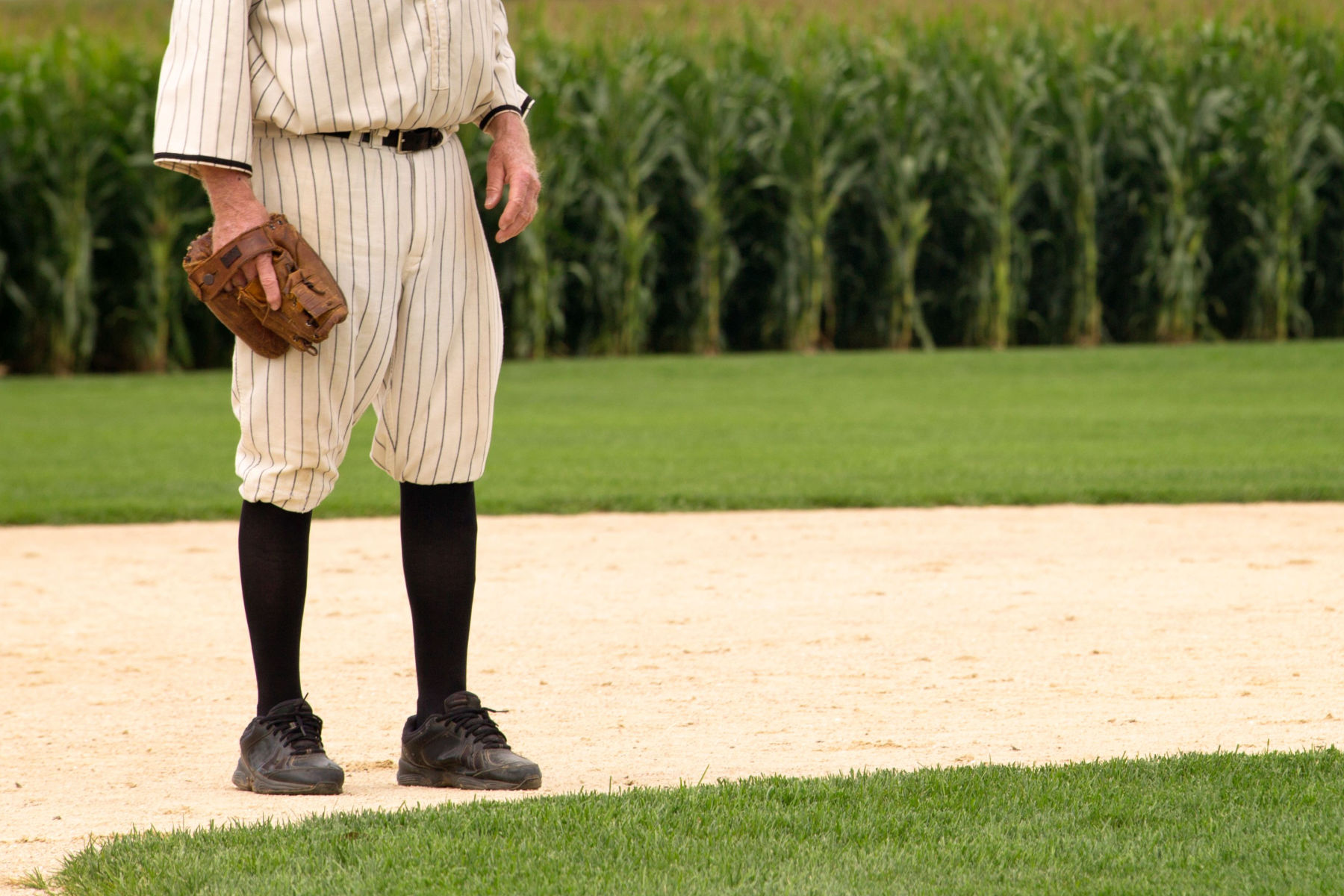
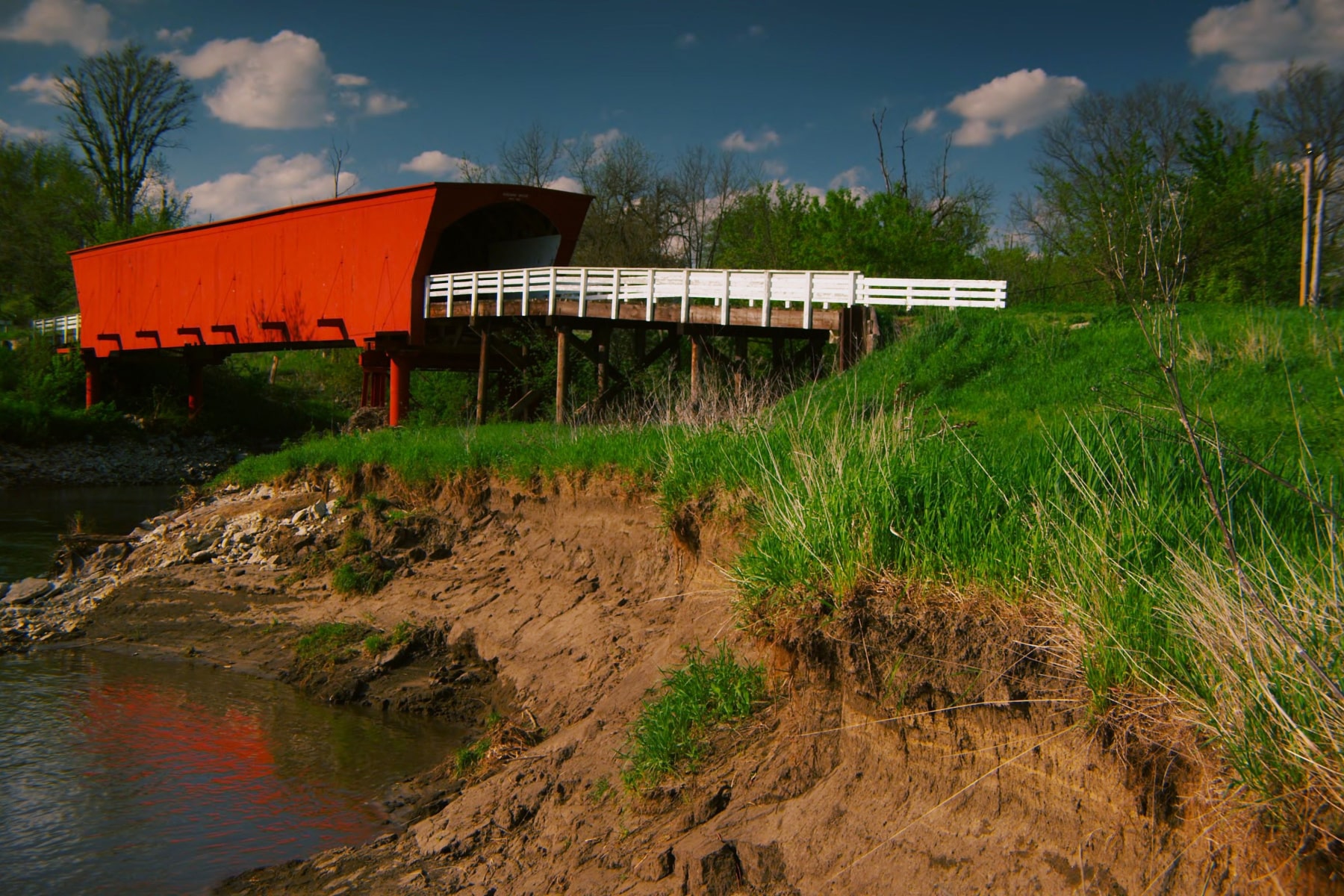


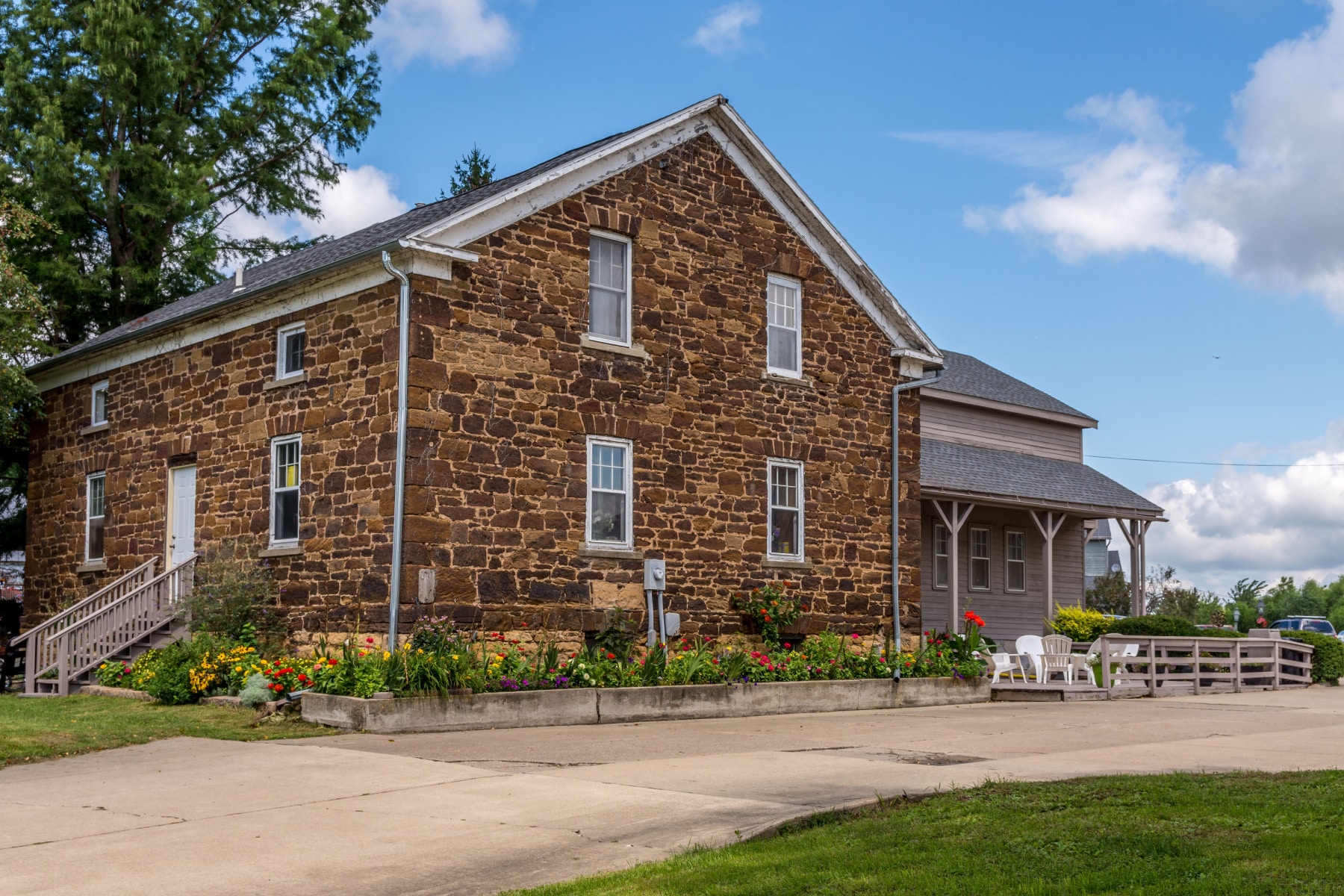

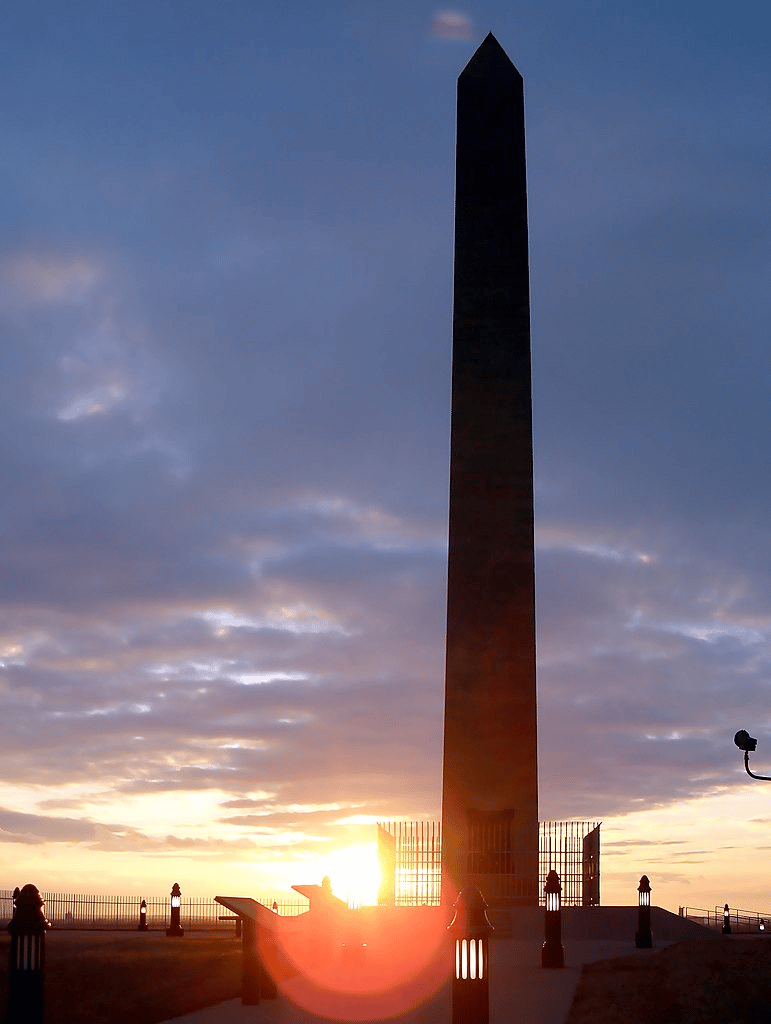
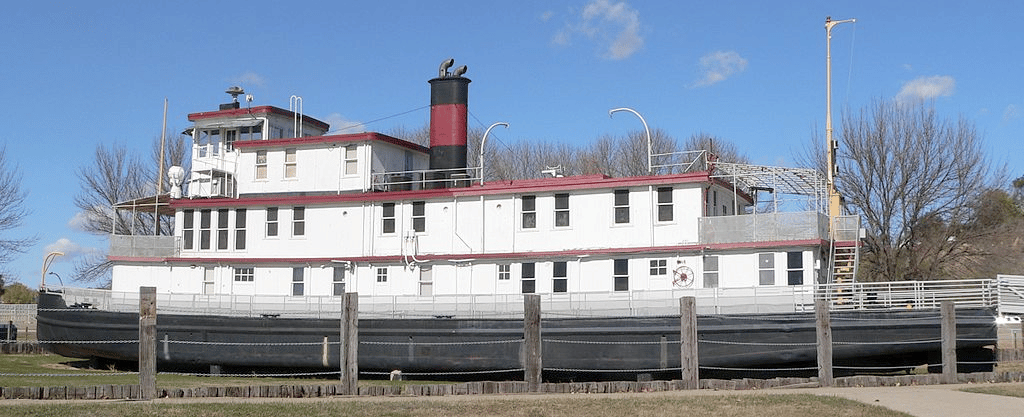
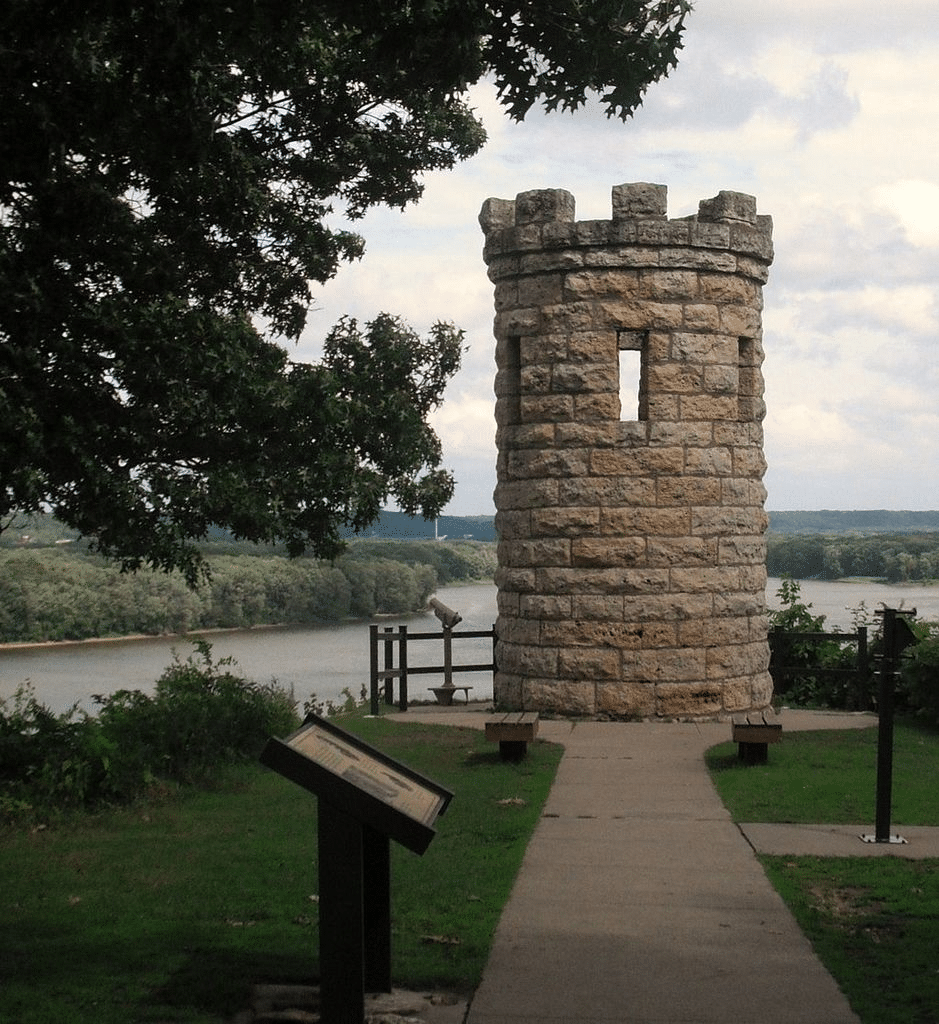

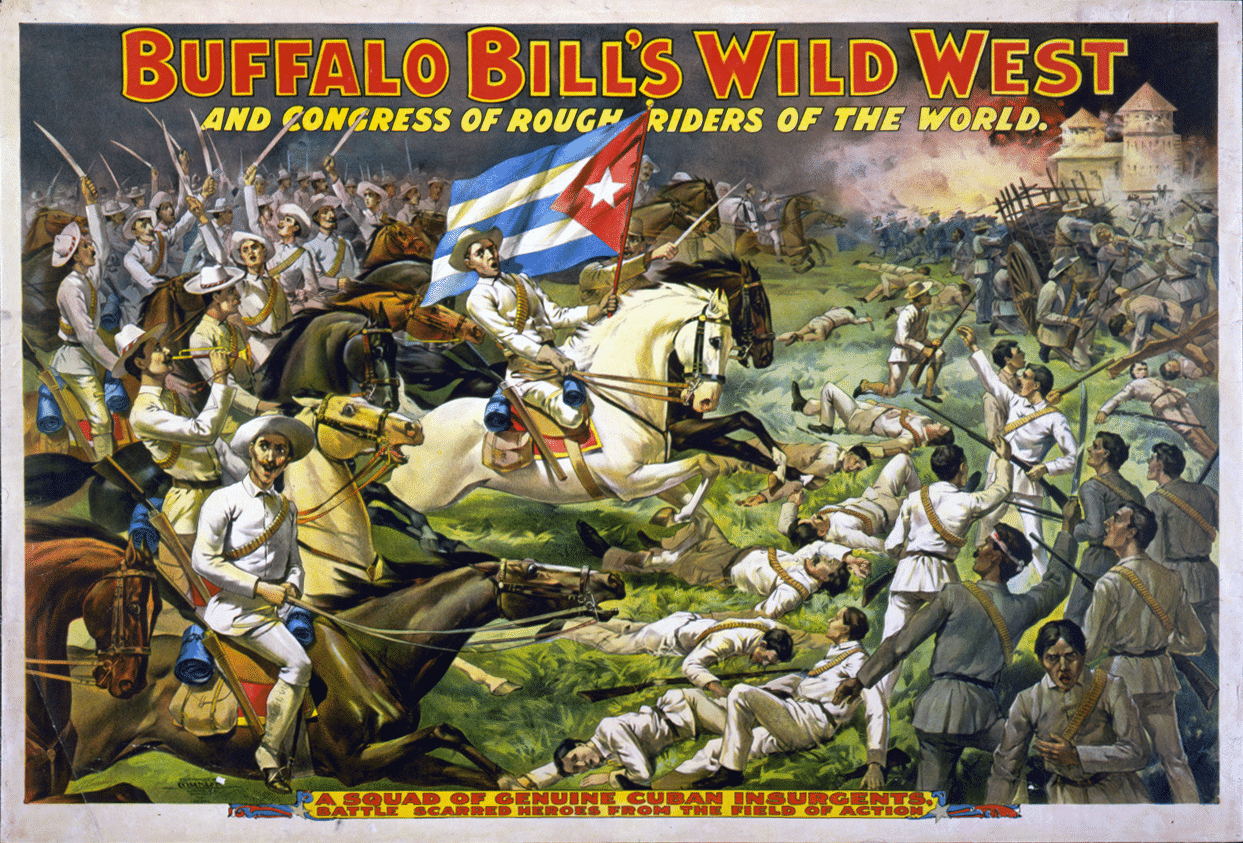
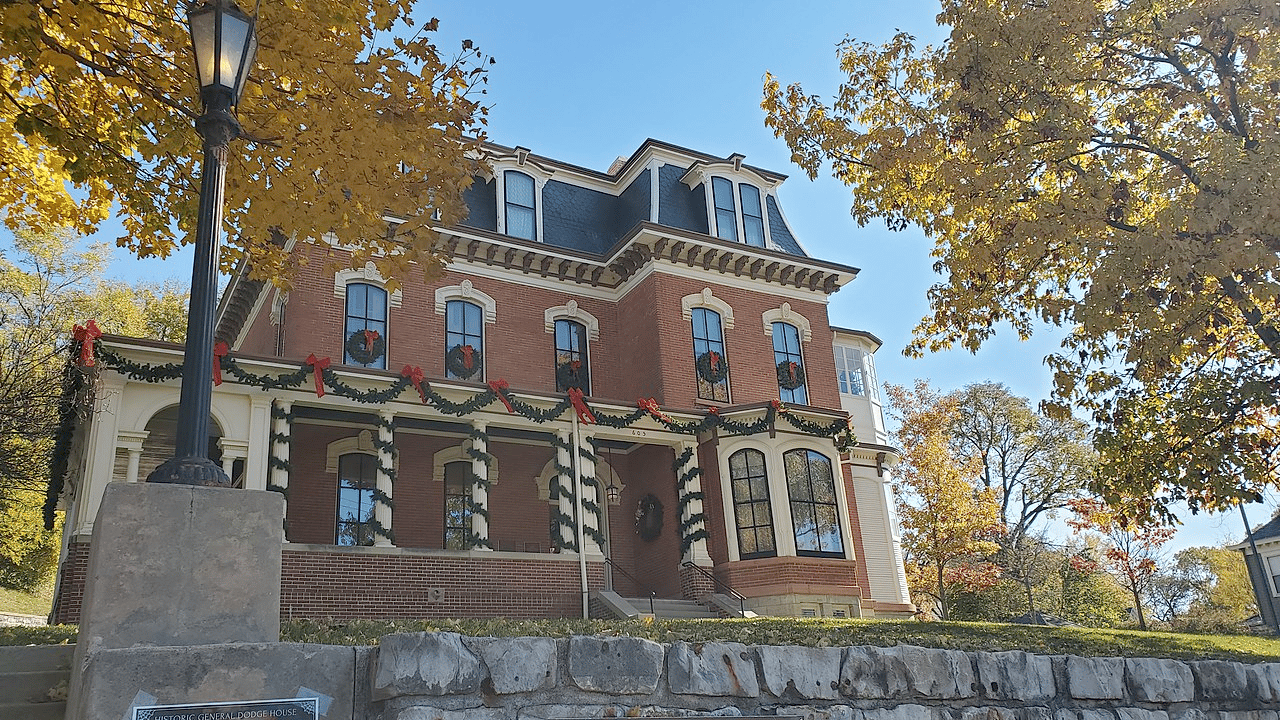
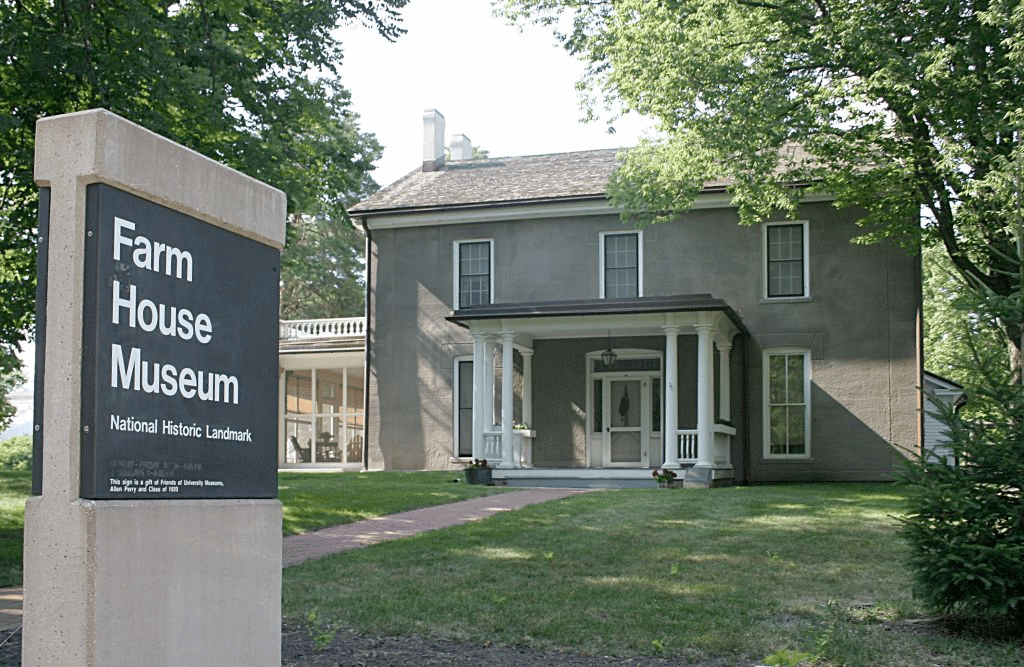

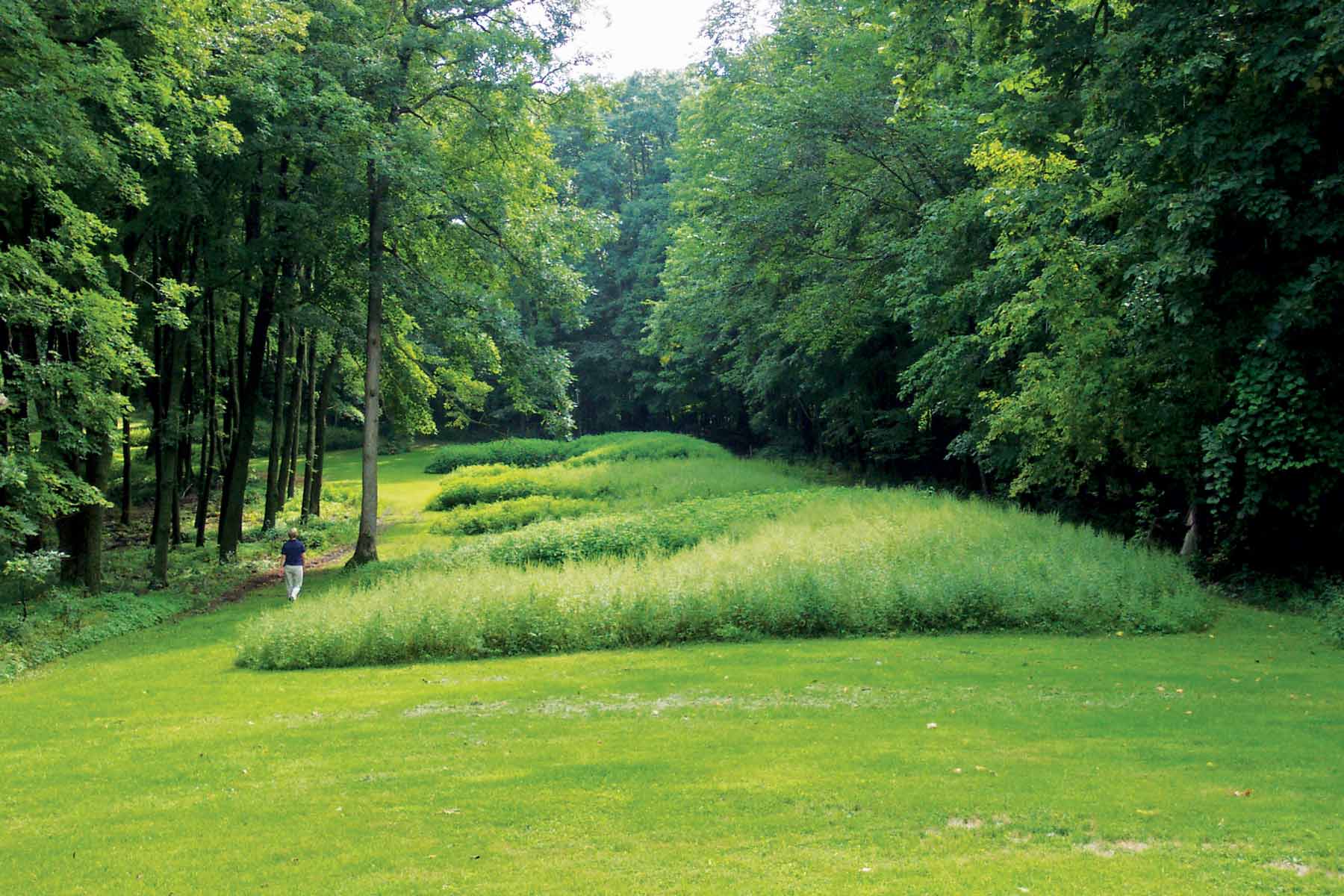
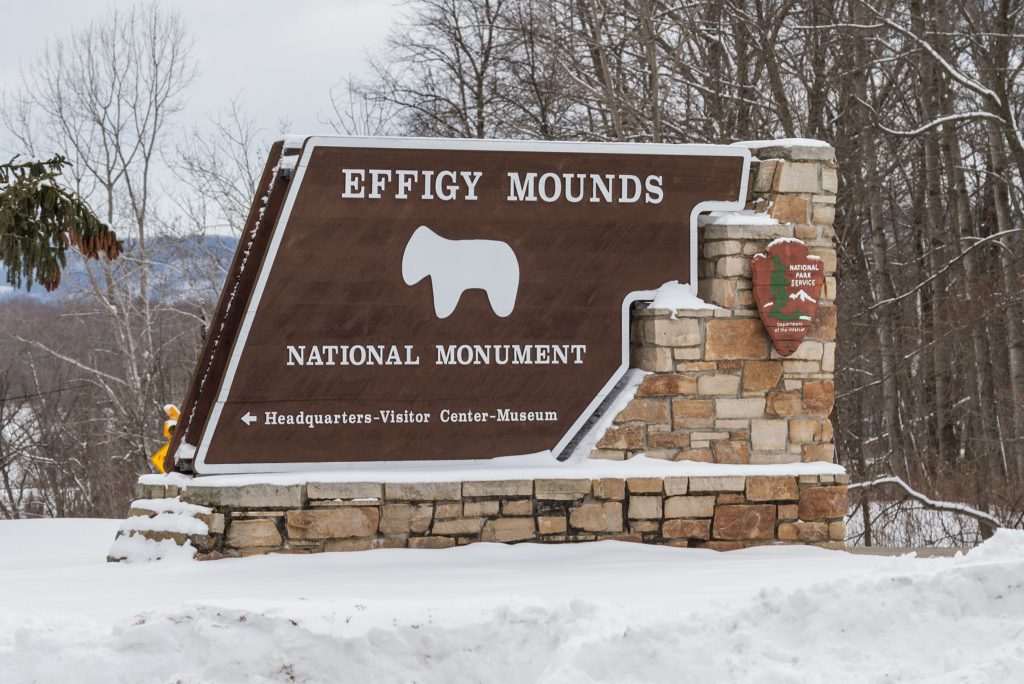
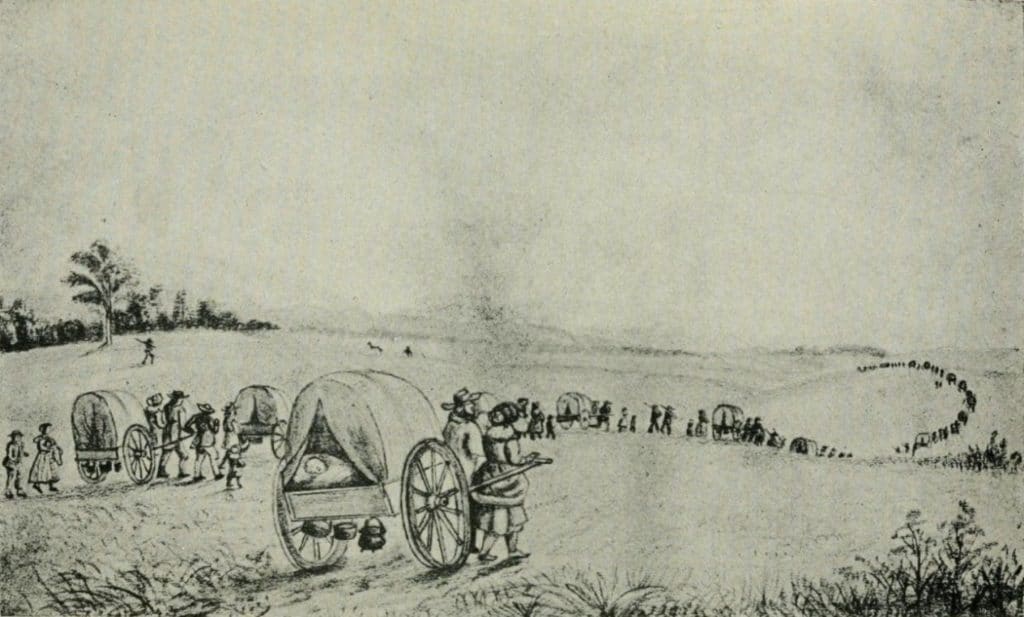

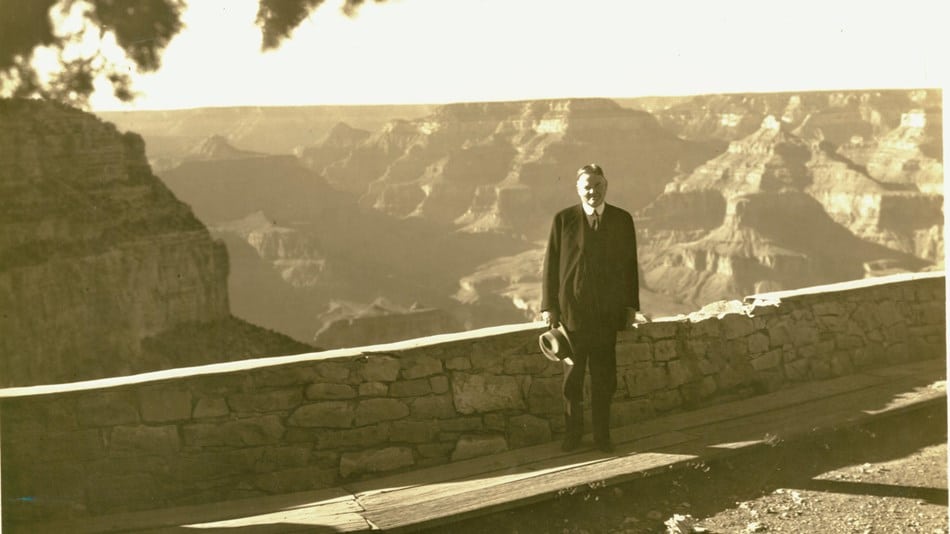

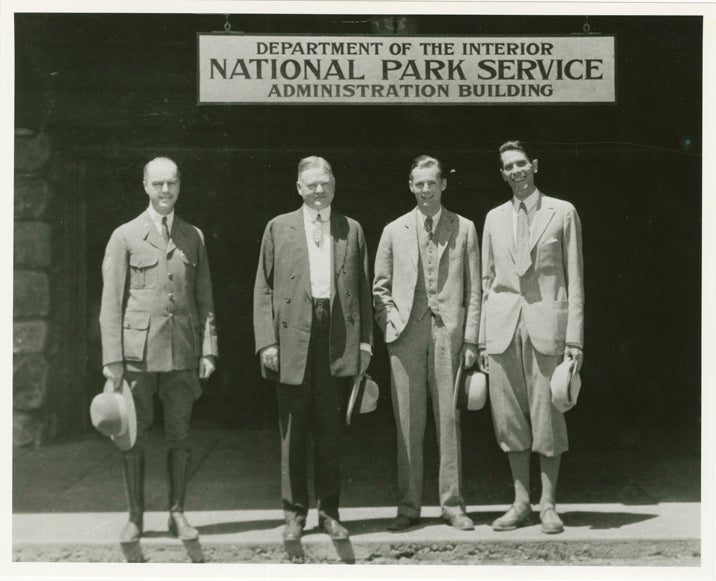
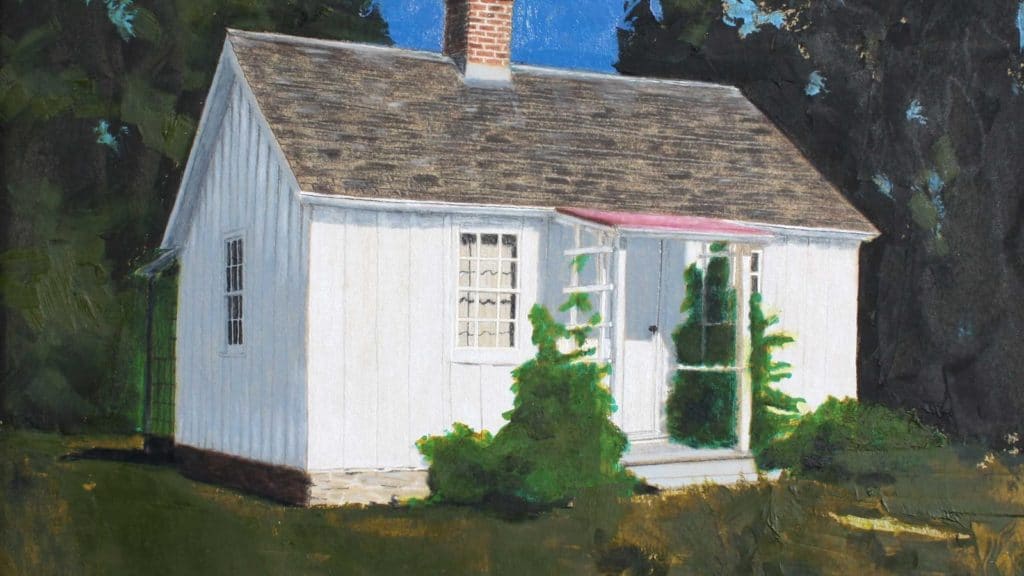


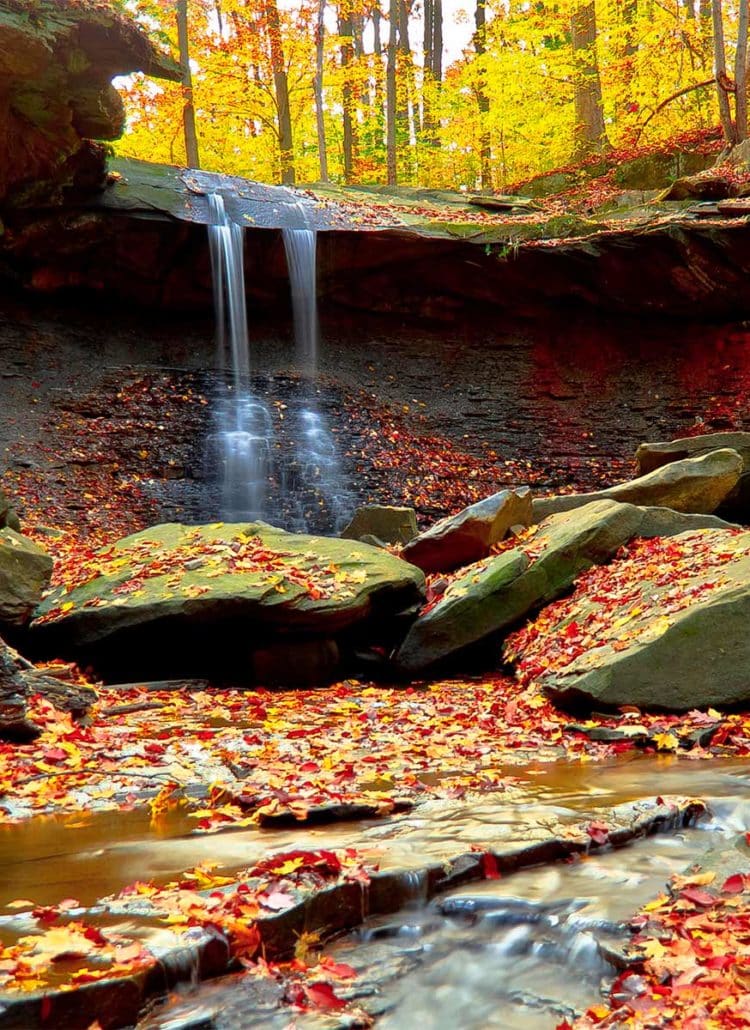

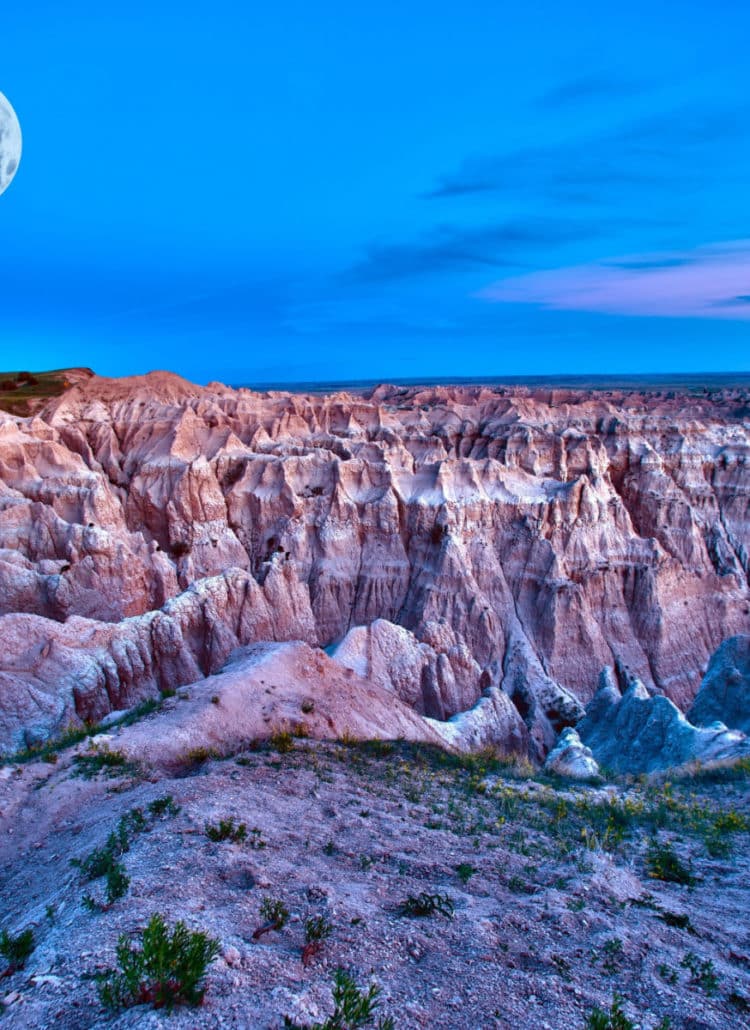


Leave a Reply